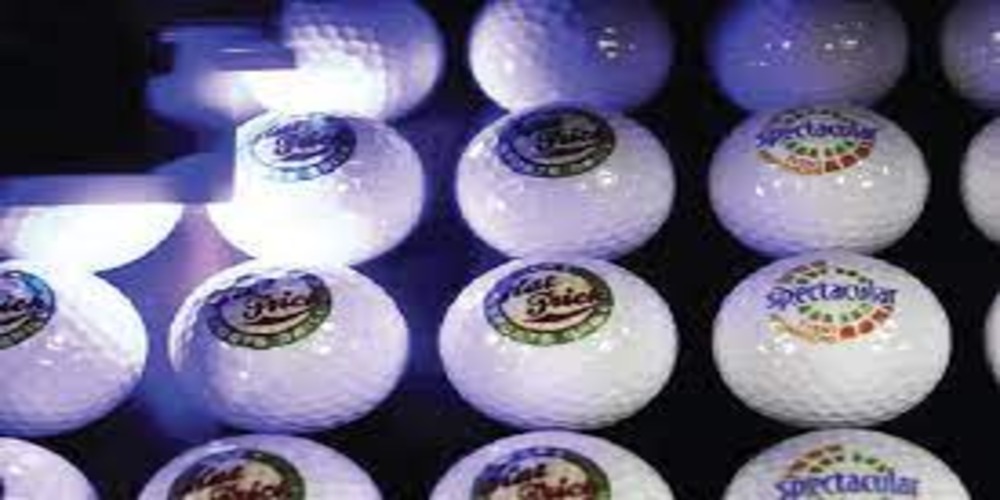I’ve always been a huge fan of personalized products. I’m not sure if it’s because I know that my name is unique or because I like to think that my personality can be seen in every item of clothing I wear, but either way, being able to customize something makes it uniquely mine. When it comes to golf balls, though, personalization hasn’t been an option. Sure, you could buy colored balls instead of white ones and put different stickers on them—but that’s about it. For example:
Golf ball printers have been around for a while, but they’ve largely been a niche product.
The golf ball printer has been around for a while, but they’ve largely been a niche product. They’ve been available to consumers, but they are not user-friendly or easy to operate. Now one company could bring these useful machines to the mainstream.
As far as we know, there have been two mainstream golf ball printer companies: Titleist and Callaway. But both are only sold via their respective online stores and aren’t consumer-friendly.
Callaway’s machine was nearly $2k when it launched in 2017; this price hasn’t changed since then, even though it costs more than some printers now on the market specifically designed for golf enthusiasts like you!
Those available to consumers haven’t been particularly user-friendly or easy to operate.
One of the main reasons these printers are not common is simply because they have been available to consumers in a limited capacity. They’re expensive, difficult to operate and use, and not very user-friendly or easy to maintain.
However, if you want one, that’s easy for people other than yourself (or maybe even just easier), then we’ve got you covered! We’ll go over how you can find the right printer for your needs, what features you should look out for, and ways that it could improve your life at home or in your business.
But now, one company could bring these useful machines to the mainstream.
Ballprinter is a company founded by Robert and Deanne Carney in 2016 to bring personalized golf balls to every golfer easily and conveniently. Customers can select from a range of brand name golf ball manufacturers like Callaway and Titleist, customize their logo or artwork on their favorite type of ball (e.g., driver or putter), have it printed at home for as low as $39 per dozen, then pick them up at any local driving range or course for just $1 each!
The process is very simple: after selecting the desired model(s) of golf ball you want to be printed (and paying for them), you upload your design using Ballprinter’s online software; once approved by Ballprinter’s team members (who will also give suggestions if needed), they send everything directly to your doorstep within two weeks—ready for use on the green!
A new golf ball printer startup is trying to bring personalized golf balls to every golfer easily and conveniently.
You’ve probably seen customized golf balls before. Maybe you’ve even purchased a few for yourself or for a friend or family member. But did you know that the technology behind custom printing is still in its infancy?
You see, there are only two ways to print on a golf ball:
- Inkjet printing, where tiny dots of colored ink are deposited onto the surface of the ball by jets of water and ink that break up into droplets. The result is an image with slightly less detail than what’s possible with other methods of printing. Some people find this effect appealing—it’s similar to how newspaper cartoons look—but others want something more professional-looking.
- Screenprinting, which involves printing thin lines onto a clear layer on top of the ball; then placing another clear layer on top; going through several steps involving heat and pressure while applying multiple layers over time, and finally removing all those layers together at once by peeling them off (this step also leaves adhesives behind). This method gives you sharper details than inkjet techniques can achieve without sacrificing durability or appearance over time. Still, it can be tricky because there’s no guarantee that every single line will come out exactly where it should go unless somehow automated—and most screen printers aren’t set up for automation yet!
Conclusion
We’re excited to see where this next chapter in the golf ball printing world goes. It’s a great idea and one that we hope will be successful!


